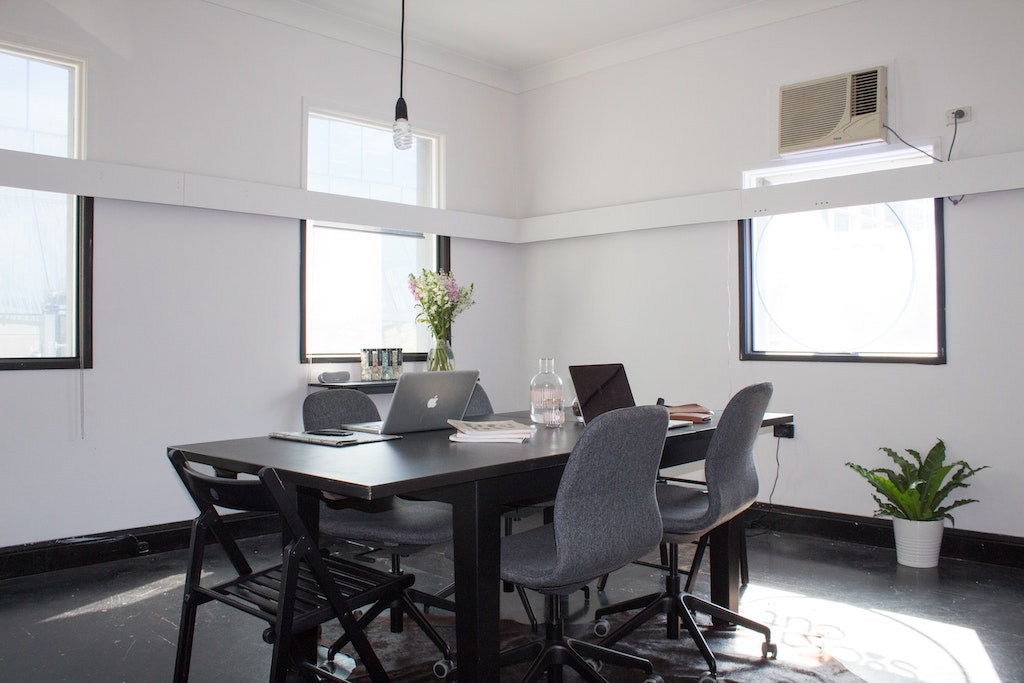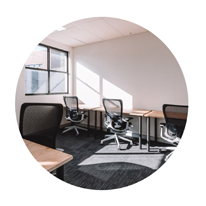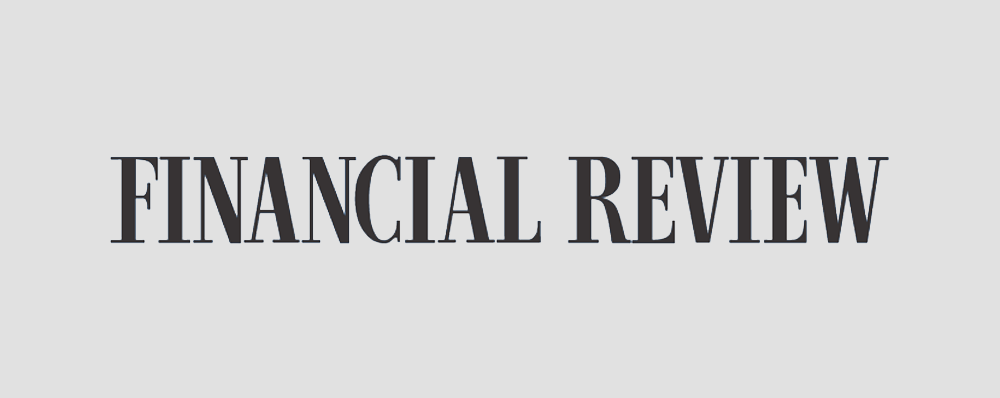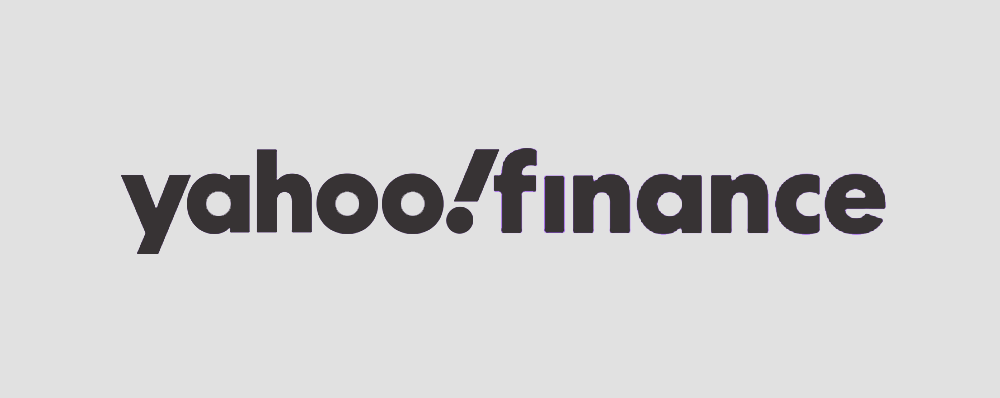The global pandemic has changed the way many of us work. A CFO survey by technology analyst firm, Gartner, revealed that 74% of companies are planning to shift some staff to remote working permanently. Billions of people around the world have adapted to a new normal. Businesses of all sizes are looking to downsize on office space to save money and shift to a hybrid work model. It’s the end of the traditional office era.
The pandemic forced many global offices to shut its doors and opt for remote work solutions and alternatives. It has resulted in city centres becoming ghost towns and paperwork taking over our kitchen tables. When productivity levels didn’t take the expected nosedive, business leaders and staff began to appreciate remote work. Many families are now able to free up more time without dreading the trek of a daily commute. Instead, commuters can take advantage of moving to locations with more affordable costs.
Businesses were left with very empty, often expensive office floorspace. As the world begins to adapt to life without (or with) COVID, downsizing your office has emerged as the office solution of the decade. By leveraging the opportunity to make smarter use of floorspace and facilities to save costs, if done right, it can improve culture and grow your business.
1. Moving to a hybrid office model
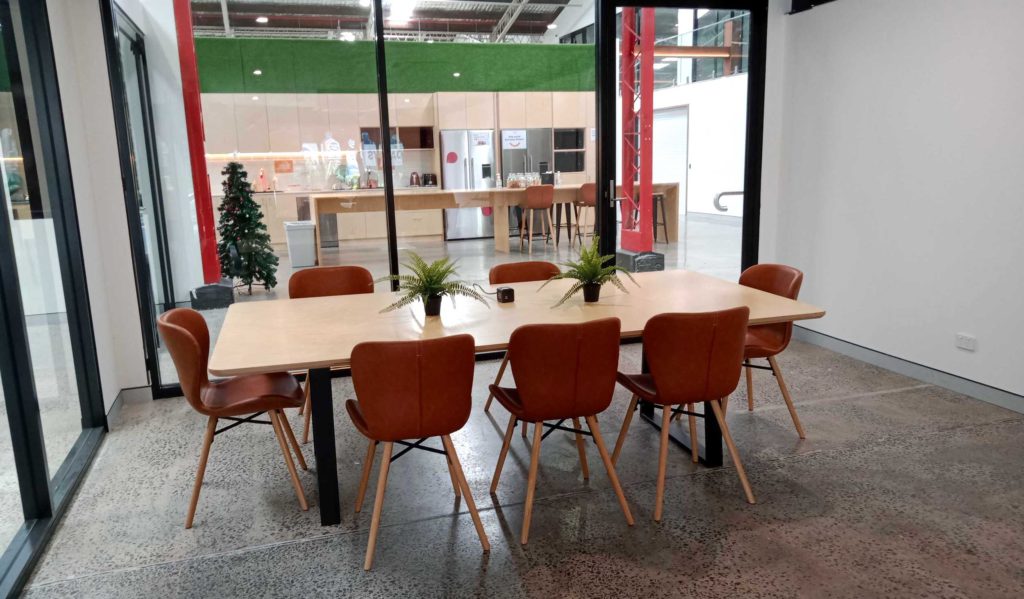
The hybrid office model combines elements of a traditional office and remote working. It allows teams of all sizes to remain working from home while taking advantage of shared workspaces and coworking spaces. Teams can safely gather together physically in smaller groups.
Businesses of all sizes are using the hybrid office model to allow staff to come together for important meetings and events to collaborate and sustain workplace culture. It also reduces demand on employees and in-house resources to create better flexibility and productivity for teams. The hybrid office model will help businesses maintain in-person collaboration and communication while providing remote work flexibility.
Businesses can downsize their total permanent office space and use coworking areas, shared meeting rooms or hot desks when additional surge capacity it required. A key feature of the hybrid office model is flexibility. Coworking spaces and shared workspaces allow companies to pay for space as you need it. Wasted floorspace is eliminated or substantially reduced. It is an efficient way to reallocate resources and budget.
2. Downsize your equipment and rent a storage space
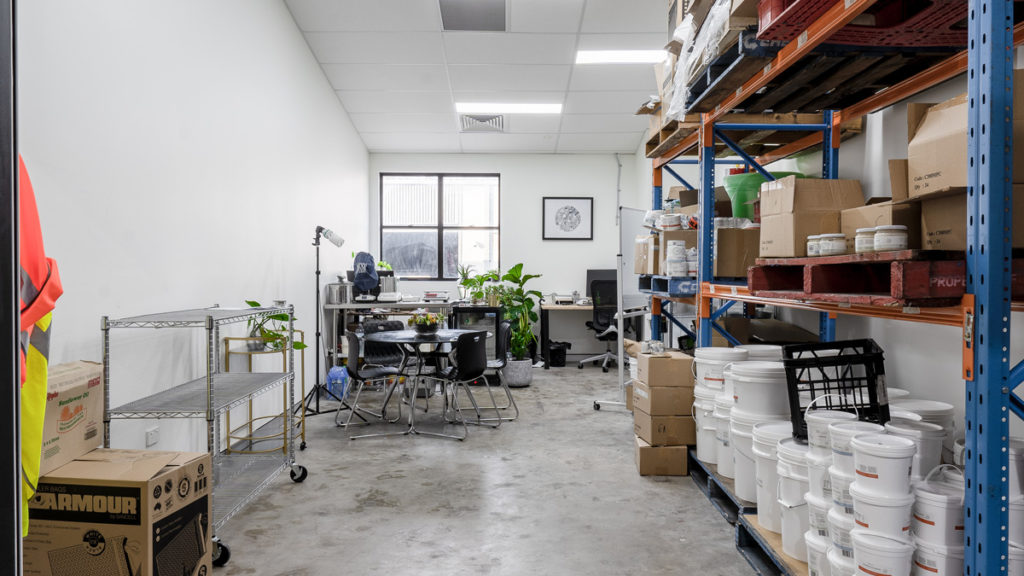
Now that you’ve got an ideal workplace model that combines remote work and in-person collaboration, you need to figure out what to do with all that “stuff.”
Office supplies, bulky furniture, and records you need to keep on hand can take up a lot of space. Getting rid of everything isn’t realistic either. If you’ve moved permanently to a remote working arrangement, you may need a place to store items you can’t simply throw out or have your employees take home. Whether it’s storing documentation, furniture or office equipment, renting a storage space is a cost effective solution.
If you’ve downsized to a hybrid model you may need to access specific equipment and inventory only on occasion. Storing office supplies and furniture in a budget-friendly storage space which also has the potential to be used as headquarters meeting place or hot desk space will help you take full advantage of the hybrid office model. Is it time to rethink the kind of office space your team wants to gather in?
3. Maintain workplace culture while you downsize

Do you miss hanging out at the water cooler making small talk with your colleagues? As you downsize your office or shift to a hybrid working environment, it’s important to sustain positive workplace culture, communication and visibility. There are plenty of free tools you can use to stay connected to your team when working remotely. Digital tools like Slack, Microsoft Teams, Monday, Zoom and Google Hangouts can help you stay in touch with colleagues and most feature a trial-before-you-buy freemium pricing model.
How is your team adapting to downsizing?
A recent study showed that 80% employees believed more work flexibility would help them take better care of their mental health, with 66% of participants preferring to work remotely full-time after the pandemic is over, and 33% would like to have a combination of in-office and remote time.
However, big change can create uncertainty which can lead to anxiety for many. So plan to communicate your move to a hybrid office model early and keep lines of communication open. New work models will require some refinement and not everyone will adapt at the same rate.
While the plethora of digital collaboration tools has seemingly exploded in 2020, happy colleagues still require quality human interaction. Be sure to consider how your teams create and sustain connections and put this into practice daily. A good GIF or meme can definitely make us feel less alone while working remotely. Ask team members to make good eye contact on video calls and plan for in-person experiences and team meetings when you can do so safely.
It’s a brave new world where a better work-life balance is entirely possible if you make the right moves.
BONUS: An easy, cost-effective solution to maintain workplace culture while switching working environments is to consider renting meeting rooms. If you’re downsizing your office space, renting a meeting room can be the perfect way to maintain workplace culture and connectivity. You can engage with team members in-person every few weeks or when needed and when safe to do so, without having to be locked-into a lease. Also, you get access to other perks in the meeting room space like purpose-built breakout areas, shared workspaces, video conferencing technology, whiteboards and more.
Ready to book your next meeting? Check out our meeting rooms and shared workspace options.
